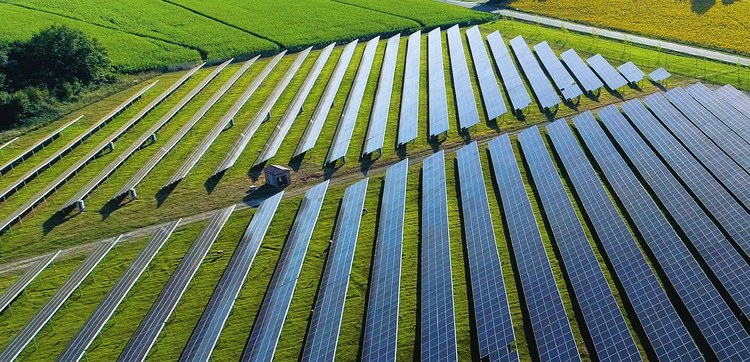The UK government’s latest Clean Electricity Action Plan 2030 outlines significant growth in renewable energy capacity by 2030, with a focus on offshore wind and solar photovoltaic (PV) power. The plan sets a target of 45-47GW for solar PV capacity in 2030, emphasizing the potential to exceed the 47GW cap.

As of the second quarter of 2024, the UK’s cumulative solar PV capacity stood at 16.6GW, with an additional 23.8GW of projects under construction or signed. Solar Energy UK believes the 45GW target is conservative and that solar PV has the potential to significantly surpass this level.
The plan includes promoting solar installations on warehouses, industrial sites, and outdoor parking lots, with a survey on PV canopies for parking lots set to begin in 2025. Additionally, solar technology is included in policies such as the Warm Homes Local Grant and Warm Homes Social Housing Fund, and its application will be further expanded in future versions of the plan.

Wind power is also a core component of the plan, aiming for a cumulative installed capacity of 43-50GW by 2030, with onshore wind contributing 27-29GW.
Flexible power regulation is also part of the plan, with installations of 23-27GW of battery storage and 4-6GW of long-duration storage planned, along with the development of flexible technologies such as carbon capture, utilization, and storage (CCUS) and hydrogen energy. Furthermore, around 35GW of natural gas storage capacity will ensure secure electricity supply.




